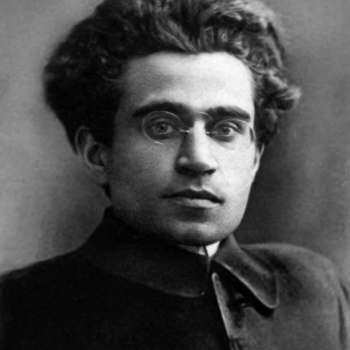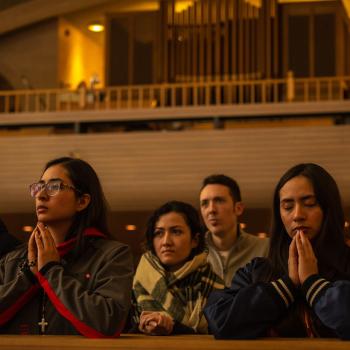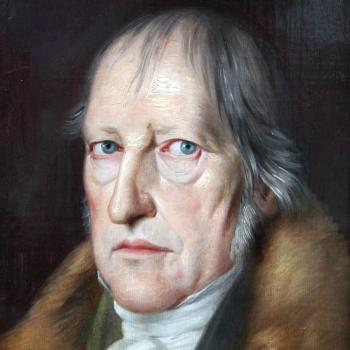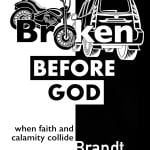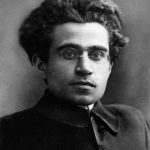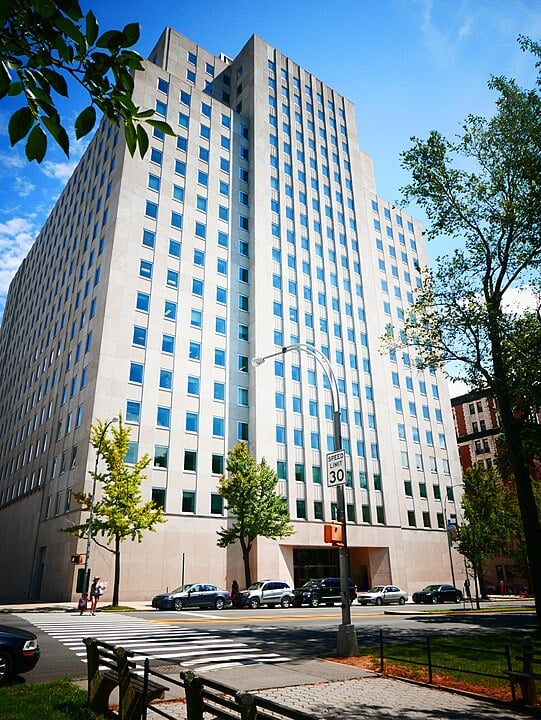
The new Religious Landscape Survey findings about “Mainline Protestantism” herald a significant development in the history of Christianity: Liberal theology has decisively lost to conservative theology.
Mainline Protestantism, which was once the largest branch of Christianity in the nation, has now declined, according to the RLS, representing just 11% of the population. Evangelical Protestantism, though, which the Mainliners once derided as an out-of-touch backwoods fringe group, now represent 23% of the population.
There are now more than twice as many Evangelical Protestants than Mainline Protestants. There are more Baptists (12% of the population) than all Mainline Protestants put together (11%)!
For decades, the Protestant church “establishment”–the most numerous, the most influential, and the most institutionally powerful church bodies–had adopted theological modernism, the assumption that Christianity had to jettison its “pre-modern” supernaturalism in order to appeal to “modern man” by replacing traditional Christian teachings with a progressive social gospel, modern philosophy, and psychological counseling.
Institutionally, the new theology manifested itself in “ecumenism,” the belief that downplaying the various traditional theologies would allow the different denominations to achieve church unity.
The church bodies that came together in this spirit formed the National Council of Churches in 1950. With funding from John D. Rockefeller, Jr., the organization built a 19-story skyscraper in New York City, the model of the “secular city” they sought to emulate. The featureless, impersonal building became known as the “God Box,” but it was hailed as “the closest thing to a Vatican for America’s mainline Protestant denominations.”
That term “mainline” reportedly comes from the “Philadelphia Main Line,” a string of wealthy suburbs whose members attended the most socially prominent congregations. The term emerged during the Fundamentalist/Modernist controversy of the 1920s to refer to the ostensibly more sophisticated church bodies that repudiated the less intellectual fundamentalists.
Sometimes the term “Mainstream Protestantism” has been used for these denominations, signifying that in numbers and prominence, they are the major representatives of American Protestantism. The “fundamentalists,” or later “evangelicals,” on the other hand, are the outliers, a minority that is “outside the mainstream.”
Though a number of smaller organizations belong to the National Council of Churches, the so-called “Seven Sisters” of Mainline Protestantism are:
-
United Methodist Church (UMC)
-
Evangelical Lutheran Church in America (ELCA)
-
Episcopal Church (TEC)
-
Presbyterian Church (USA) (PC-USA)
-
American Baptist Churches USA (ABC-USA)
-
United Church of Christ (UCC)
-
Christian Church (Disciples of Christ) (DOC)
Today, these denominations are on the verge of withering away. The God Box has been abandoned, with what’s left of the National Council of Churches moving into rented offices in Washington, D.C. The United Methodists are no longer united, with a significant number of its congregations splitting off to become “evangelical.” The same thing has happened in the Episcopal church, with the formation of the Anglican Church of North America (ACNA). The other sisters have had similar defections.
As I’ve blogged about, I grew up in the Christian Church (Disciples of Christ), so I know about mainline liberal Protestantism from personal experience. Its belief in what we might call the inerrancy of modern thought means that it has nothing of its own to offer “modern man” (the term they used to use all the time, but may no longer because it is sexist). So those outside the church who believe in modern thought have no reason to get up on Sunday mornings to go to church. Some of those inside the church are likely to drift away to become Nones. Some who come to a more Christian robust faith join more conservative churches (as I did). Other faithful Christians, I hasten to say, do stay and fight. But many of those who remain in Mainline congregations are those who still adhere to the progressive social gospel with a religious zeal.
To be sure, liberal theology could conceivably come back. I say this because some ostensible evangelicals are now saying that Christianity should change to make itself more appealing to modern (and post-modern) people today. As we see in the Religious Landscape Survey, a large percentage of the members of “evangelical” churches–not just the LCMS alone, which we focused on–agree with the culture’s embrace of homosexuality and other issues. So there may be “evangelical” churches today that turn themselves into mainliners (and may meet their fate).
In the meantime, though, evangelicals are now America’s mainstream Protestants.
Photo: The National Council of Churches’ Interchurch Center (a.k.a. the “God Box”) by GM-InterchurchCenter – Own work, CC BY-SA 4.0, https://commons.wikimedia.org/w/index.php?curid=54091079









